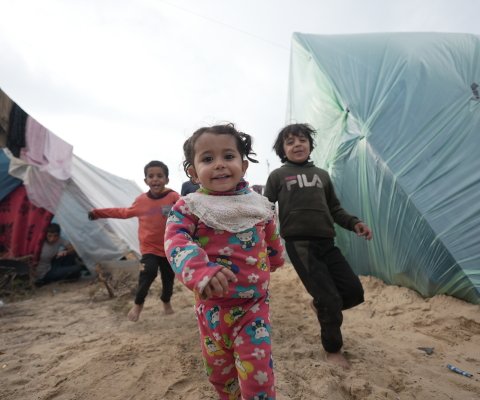Lessons from Social Assistance and Humanitarian CVA Programs in Lebanon
Following six years of multiple protracted crises, a majority of Lebanon’s population is affected by multidimensional poverty, but social safety nets are the primary source of social protection for the poorest and most vulnerable and are largely dependent on international donors. In an effort to transition out of the crisis, the Government of Lebanon has put forward a National Social Protection Strategy, which envisions a new social contract between people and the state.
This paper attempts to understand how transparency and accountability – which are fundamental to building trust and faith in institutions – are perceived by recipients and non-recipients of social assistance and humanitarian CVA. We draw on three studies conducted by CAMEALEON to examine the perceived transparency of various social assistance and CVA programs, from the perspective of beneficiaries and non-beneficiaries and participants and non-participants in these programs. The findings highlight four major concerns: frequent and poorly communicated interruptions in assistance, perceived inequities in eligibility (particularly along nationality lines), opaque targeting mechanisms, and unresponsive communication and feedback channels. These challenges undermine trust not only in humanitarian aid providers, but also in the possibility of a renewed social contract between the state and its people.
